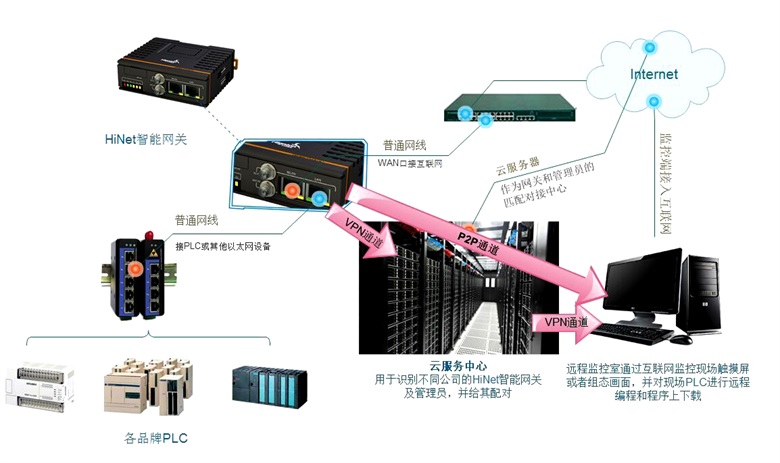An industrial network is an all-digital, two-way, multi-station communication system installed in an industrial production environment
There are three specific types:
(1) Dedicated, closed industrial network: The network specification is developed by the company itself, often for a specific application areas, the efficiency is the highest. But when they are connected to the various indicators appear uneven, promotion and maintenance are difficult to coordinate.
Dedicated industrial network has three development directions:
① to the closed system to ensure that the market share.
② to open, make it a standard.
③ design dedicated Gateway and open network connection.
(2)open industrial networks: except for some of the more simple criteria are unconditional open, most of the conditions are open, or only open to members. The manufacturer must be a member of the organization, and the product must be tested and certified by the organization for use in the industrial network system.
(3)Standard industrial networks: Industrial networks that conform to the international standards IEC61158, IEC62026, ISO11519 or the European standard EN50170, all of which follow the ISO / OSI7 layer reference model. Most industrial networks use only the physical layer, the data link layer, and the application layer. General industrial network is based on the existing communication interface, or design their own communications IC, and then set the data transmission format according to the application area. For example, DeviceNet's physical and data link layers are based on CANbus and add application layer specifications for general I / O point applications.
At present, IEC61158 approved eight industrial field bus standards are: Fieldbus Type1, Profibus, ControlNet, P-NET, Foundation Fieldbus, SwiftNet, WorldFIP and Interbus.
The emergence of network technology for industrial control has the following advantages:
(1) easy installation and wiring;
(2) modular;
(3) easy to diagnose;
(4) self-construction;
(5) enterprise management.
